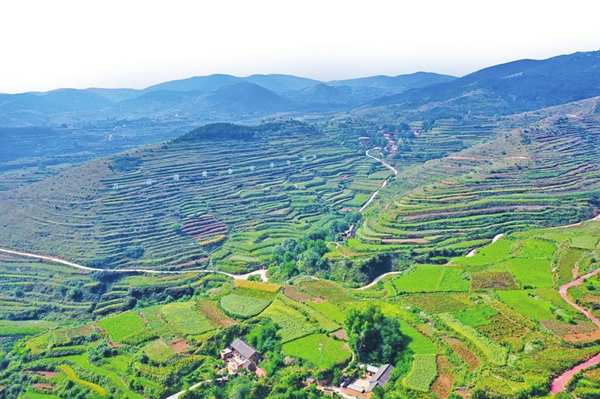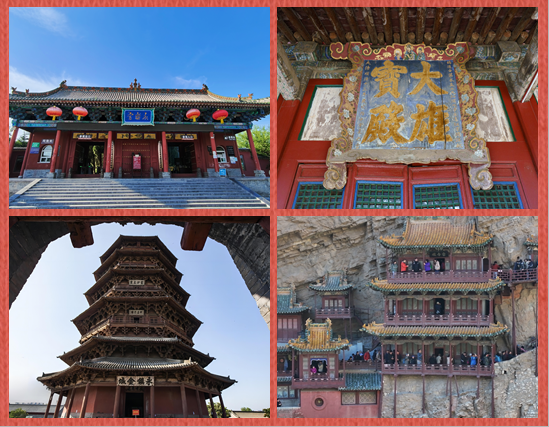Shanxi codonopsis: Witnessing time-honored herbal tradition
Updated: 2025-02-19
In 2023, Pingshun and Huguan counties' codonopsis cultivation systems in Changzhi city, North China's Shanxi province, were selected for the seventh batch of China's Important Agricultural Cultural Heritage List. In January of this year, they were also included in the third batch of China's Global Important Agricultural Cultural Heritage Provisional List.
In recent years, local governments have spared no effort in uncovering the traditional agricultural value of codonopsis, aiming to achieve ecological preservation, cultural inheritance, and economic development.

Pingshun county's Luzhou codonopsis planting base. [Photo/Shanxi Daily]
For example, Pingshun county has actively implemented the "Chinese Medicinal Herbs +" strategy, integrating the Chinese medicinal herb industry chain with the cultural tourism industry and crafting an innovative matrix of integrated medicinal and tourism products to empower tourism with the medicinal herb industry.
Heihu village in Pingshun county is a renowned native habitat conservation area for Luzhou codonopsis. Nearly 90 percent of the village's households cultivate this plant.
The thousand-year-old Luzhou codonopsis continues to exude cultural charm. Villagers in Heihu village still use the traditional craftsmanship from their ancestors to produce Luzhou codonopsis products.
A specialized town has been established here, featuring the Luzhou codonopsis exhibition hall and nature classroom. Visitors can learn about the long history and rich culture of Luzhou codonopsis cultivation in Pingshun county, and experience firsthand the entire process of planting, managing, and harvesting. In 2024, the village welcomed over 100,000 travelers and study tour visitors.
The culture carried by the codonopsis cultivation system in Changzhi's Pingshun and Huguan counties is a valuable treasure that needs to be protected, passed down, and effectively utilized for future generations.



